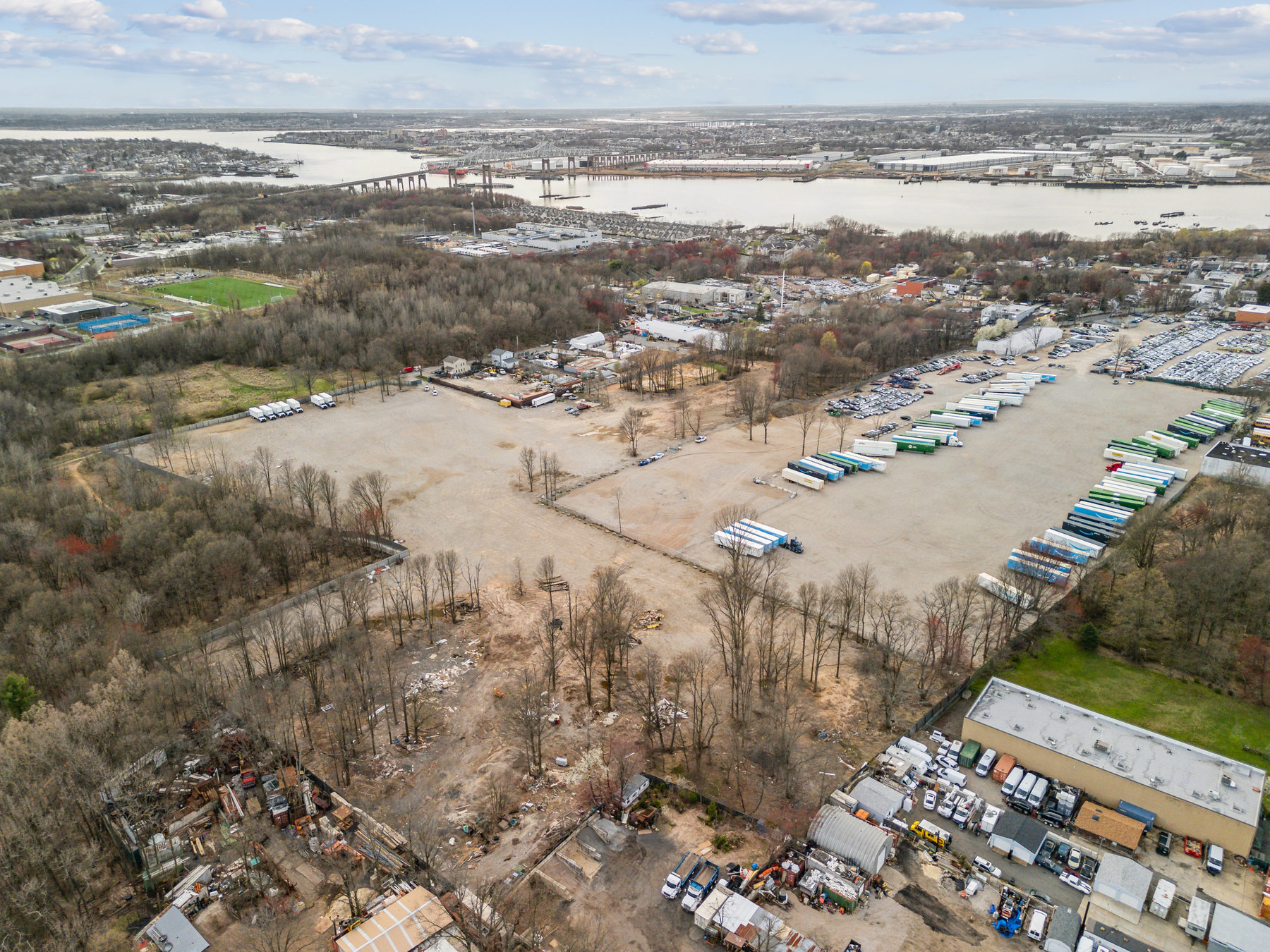1. Insulation System Benefits
For a home located in locations with extreme weather conditions, insulation is a must. If you’re in an extremely hot or cold environment, your home’s interior is your only refuge. That’s why your insulation must give you the best climate possible.
For such circumstances, your HVAC system must function. That’s why before thermal imaging became accessible, the existing methods of inspection for insulation systems were inefficient. Defects in the insulation system are hard to detect visually.
By the time you feel the heat leaking through your room’s walls, it’s already too late. It means the insulation system deteriorated for a long time already. That’s why with thermal imaging, it’s much easier to visually confirm faults in your insulation system.
Its only requirement is to have a significant difference in temperature between your home’s interior and exterior air. For example, most of the time you’ll see the air inside your house is warm while the air outside is cold. If any component of your HVAC system leaks, a thermal camera will capture it with no problems.
When the air outside is colder, the warm air circulating inside your home will escape through the leaks of your HVAC system. Inspecting parts of your house using a thermal camera from the outside will show you jets of warm air with a different color oozing from walls.
Detecting Wet Patches on Roofs and Walls
These patches will often affect your home’s temperature conditions. These can absorb the heat from your home’s interior, making it cooler even while you’re warming it with your HVAC system. If you’re doing some thermal imaging inspection, you’ll see where the patches are, especially around your plumbing section.
With this, thermal inspections are great for capturing problems within your insulation system. That way, you’ll correct these faults before it’s too late. With HVAC installation fees going as high as $13,000 for geothermal heat pumps, you’ll want your system to last for a long time.
2. Plumbing System Benefits
Your plumbing system will benefit from thermal cameras in almost the same way as your insulation system.
Inspecting with the use of thermal imaging detects possible leaks on your pipes. With most modern houses having water and drainage pipes running over their homes, these will wear and tear in time.
Also, whether it’s natural disasters or vandalism, these pipes will sustain some damage. When that happens, you can expect water to leak in various parts of your home. These can present unpleasant situations at its most harmless, but if it gets bad enough, you’ll end up with a hazardous home environment.
That’s why you must remedy these faults as soon as you can. But detecting these can get difficult, considering how your pipes will always be inside your walls, above your ceilings, or under your floorboards. That’s why when leaks start, you’re unlikely to notice it immediately.
In normal situations, the water inside your pipes has a different temperature compared to the outside air. So, when you use thermal imaging cameras to inspect the pipes, the leaks are clear to see. This only works as long as the temperature within your home is consistent.
Leaking Roof Detection
Your home’s wet patches also come from leaking roofs. If you don’t solve this problem, you’re making your house’s air more humid. This will cause you to suffer from high heating bills and possible airborne diseases.
3. Electrical System Benefits
Your electrical system is as likely to break as the other systems installed in your home. Because of its nature, you must inspect it regularly. The good news is that a thermographic inspection technology is the best method for this system.
The main reason for its effectiveness is because electrical problems often cause its components to overheat. A thermal imaging camera will pick up the heat anomaly without issues. They look distinct on the screen of the camera, even without opening your fuse box for example.
Take note, electrical problems can become hazardous. At worst, your house is at risk of catching fire, which is one of the five primary causes of home fires in the United States. Other common reasons for this disaster include cooking and heating.
That’s why it’s necessary to catch electrical problems and rectify them before they develop into something dangerous. But like your plumbing system, these are often hard to identify visually. The worst part is that electrical components can continue working despite developing various defects.
What to Inspect in Electrical Systems
Your home inspector will often look at various electrical aspects like conductors, loads, circuit breakers, and more. Using thermal imaging when looking at electrical systems is spotting problems before they happen. If you’re working from home, using this technology for inspections will ensure that you won’t suffer from unexpected downtimes.
Also, you won’t need to touch your electrical system to examine for problems. After all, the dangers of working with live electrical wires are palpable. So, with thermal imaging, you can maintain a safe distance while assessing its condition.
4. Structural Integrity Inspections
Whether you intend to buy a new home or thinking about maintenance, you must investigate your home’s structural integrity at the foremost. Laws require you to do this inspection upon completing your house. That’s why even when there are lots of other methods for ascertaining the integrity of your home, thermal imaging is the best.
It’s tedious when visually inspecting each square inch of your home, not to mention inefficient. But with thermal imaging, you can capture large sections of your wall. After that, computer programs will analyze it and the results will appear within a few moments.
Take note, depending on your home’s design, you might not have the means of inspecting its entire structure. To complete a proper home inspection, you must be certain of the condition of its support beams and foundation. Thermal imaging is the only method that can show the actual condition of these structures, even when they’re metal rods encased by concrete.
Thermal imaging also captures images of obstructed objects. That’s why you’ll know the condition of every nook and cranny and ensure it’s in peak condition. After all, the images will produce various colors depending on the temperature of the objects’ surfaces.
How to Find Good Home Inspectors
Home inspectors are great if you’re looking to buy a new home. The good ones will always have the right set of expertise and equipment to do their home inspections. One of these is thermal inspection technology.
So, if you aren’t keen on inspecting the house on your own, here are things you must consider to get the best home inspectors:
1. Pick Home Inspectors Willing to Keep You Around During Inspections
These inspectors are great since they will let you learn more about how they conduct their business. It’s always better than having one that only comes up with a report of their findings. Accompanying your inspector gives you more insight in real-time, showing you the house’s current condition.
2. Ask for Sample Reports
Great home inspectors will showcase their inspection reports on their website. It’s also a great way for you to know whether their style of reports jives with you. Check whether the report gives a clear explanation of the defects they found and why it matters to you.
They should also put suggestions on how to fix these problems. Also, they’re great inspectors if they go out of their way to put photos on their reports.
3. Check their Online Reviews
When contacting inspectors, always ask for references. Call their past clients to know their experience with the company. But if you have no time to do these, look for online reviews from third-party websites like Yelp to ensure it’s not contrived.
4. Look at their Certifications, Licenses, and Insurance Documents
Ask their business experience and whether they took specialized courses related to home inspections. Also, most states require inspectors to get licenses. That’s why pick ones doing this as their full-time job since they’re likely to have licenses that qualify them to practice their profession.
Check their insurance documents too. Otherwise, you won’t get compensation in case anything goes awry.
Learn the Benefits of Thermal Imaging Home Inspection Today!
These are some solid reasons to get thermal imaging home inspection regularly. Whether you’re buying a new house or maintaining your current one, these benefits will apply.
Did you find this guide helpful? If you want more content like this, we invite you to check out our content that covers real estate, legal advice, and finance too. Don’t hesitate to go over our other guides today!







Leave a Comment